Guangzhou New Voyage Tech Co., Ltd.
-
-
High Intensity Obstruction Light
High Intensity Obstruction Light high intensity obstacle lights, HV transmission tower obstruction lights, solar obstruction lights High-intensity obstacle lights are used to indicate the presence of towers and high-rise buildings etc. with height above the level of the surrounding ground exceeding 150m. More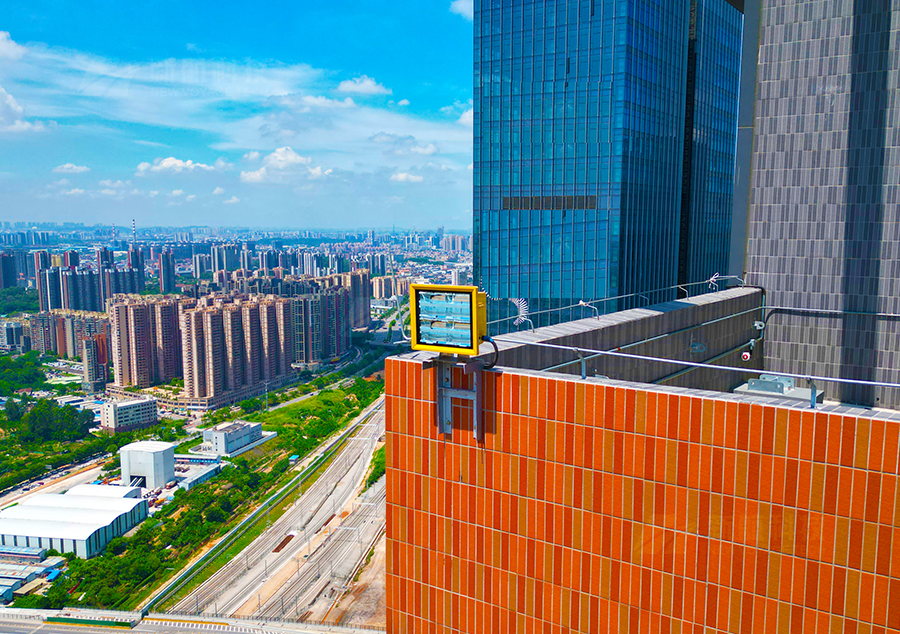
-
Medium Intensity Obstruction Light
Medium Intensity Obstruction Light medium intensity aviation lights, medium intensity aircraft warning lights, tower obstruction lights Medium-intensity obstacle lights, Types A and C, should be used alone, whereas medium-intensity obstacle lights, Type B, should be used either alone or in combination with low-intensity obstacle lights, Type B. More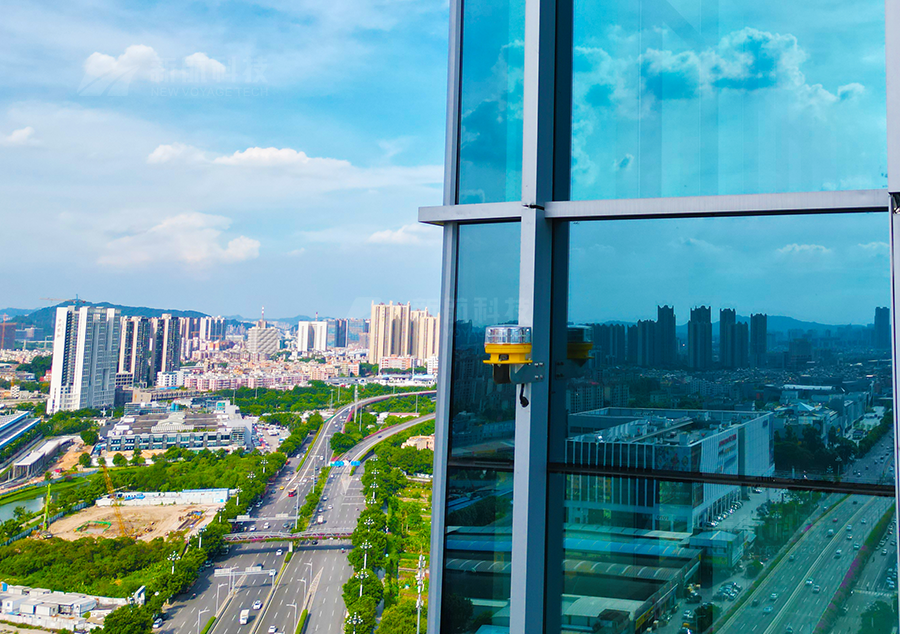
-
Low Intensity Obstruction Light
Low Intensity Obstruction Light L810 obstruction light, red fixed obstruction light, tower crane warning light Low-intensity obstacle lights, Type A or B, should be used where the object is a less extensive one and its height above the surrounding ground is less than 45 m. More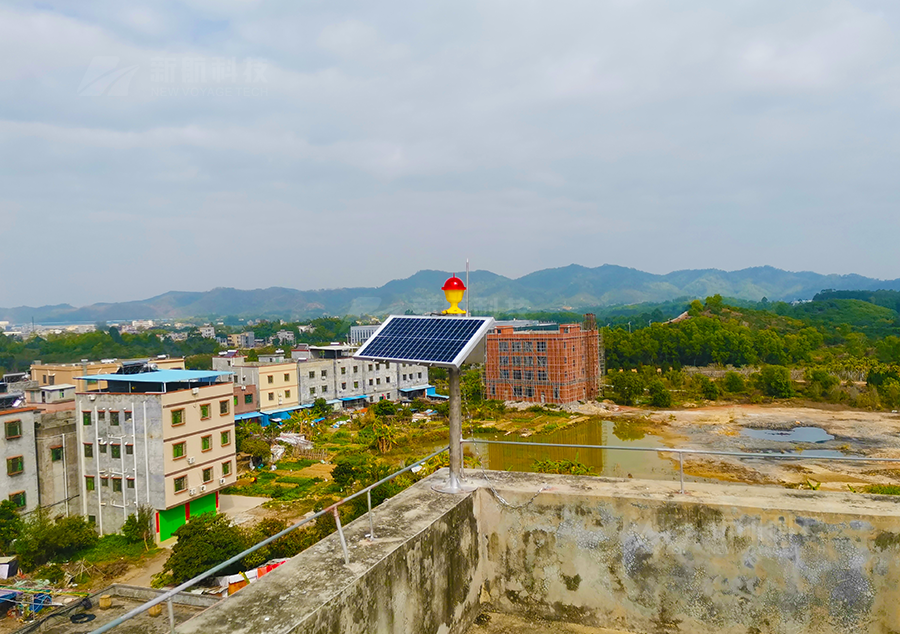
-
Aircraft Warning Sphere aircraft warning balls, transmission line warning spheres Aircraft warning spheres are typically installed on power lines span long distances crossing deep valleys, lakes and rivers etc., in area of approaches to airports and aerodromes. More
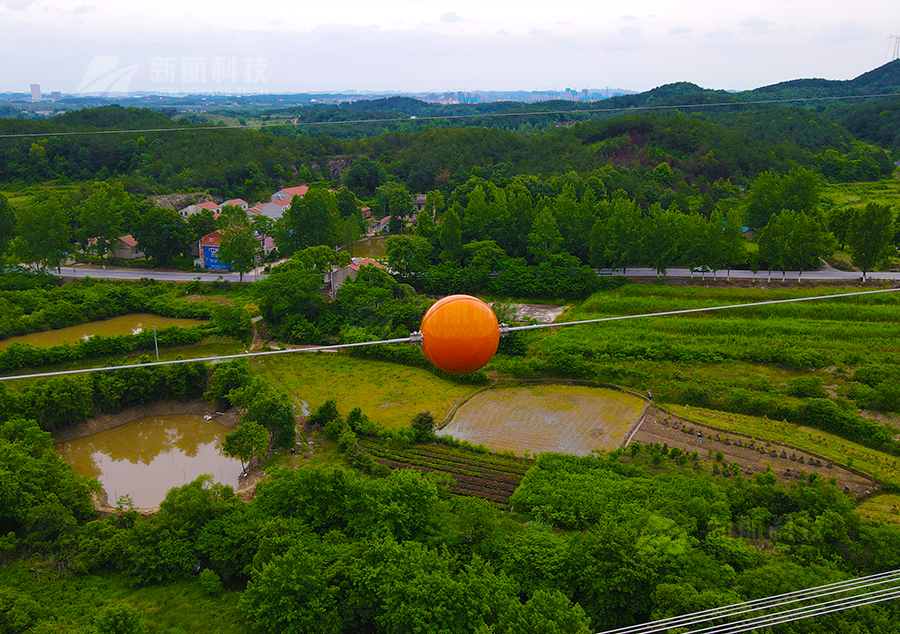
-
Obstacle Light Controller obstruction lights control panel, control system for aircraft warning lights New Voyage Tech provides customized controlling solutions for hig-rise buildings with BMS, telecom towers and chimney etc. Enable users to control and monitor operation status of the obstruction lights. More
-
-
Airfield Guidance Sign direction signs, information signs, location signs, mandatory instruction signs, runway/taxiway sign Airport sign systems provide visual cues to pilots and vehicle operators that enhance safe and efficient movement within the airfield environment. Elevated signs protect aeronautical surfaces and convey ground navigation information that enhances situational awareness when maneuvering on the airfield. More
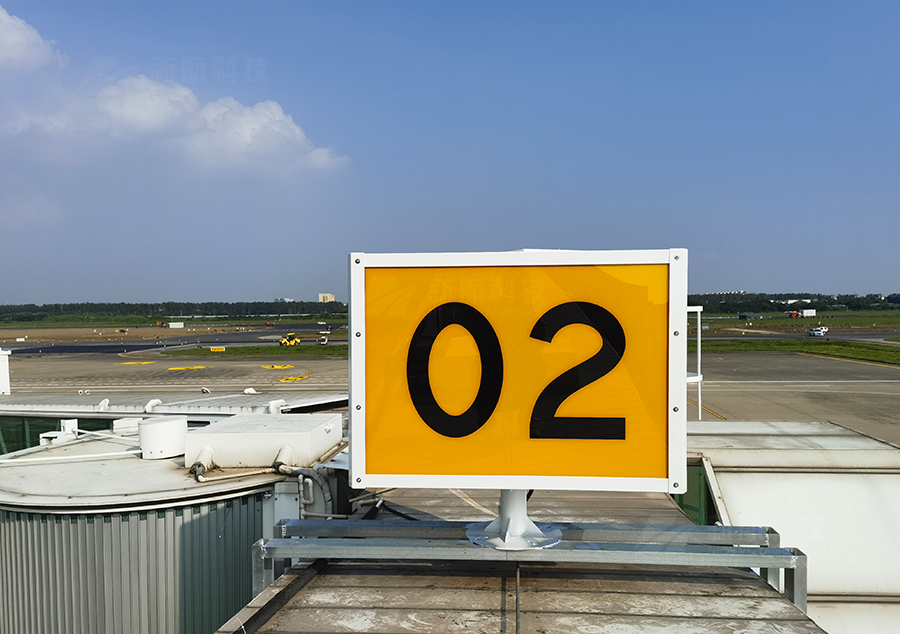
-
Unserviceability Light solar unserviceable area light, >10cd, red fixed, omidirectional light. Red fixed light for marking unserviceable area temporarily. A minimum of four such lights should be used, except where the area is triangular in shape where a minimum of three lights may be employed. Unserviceable area lights should be frangible. More
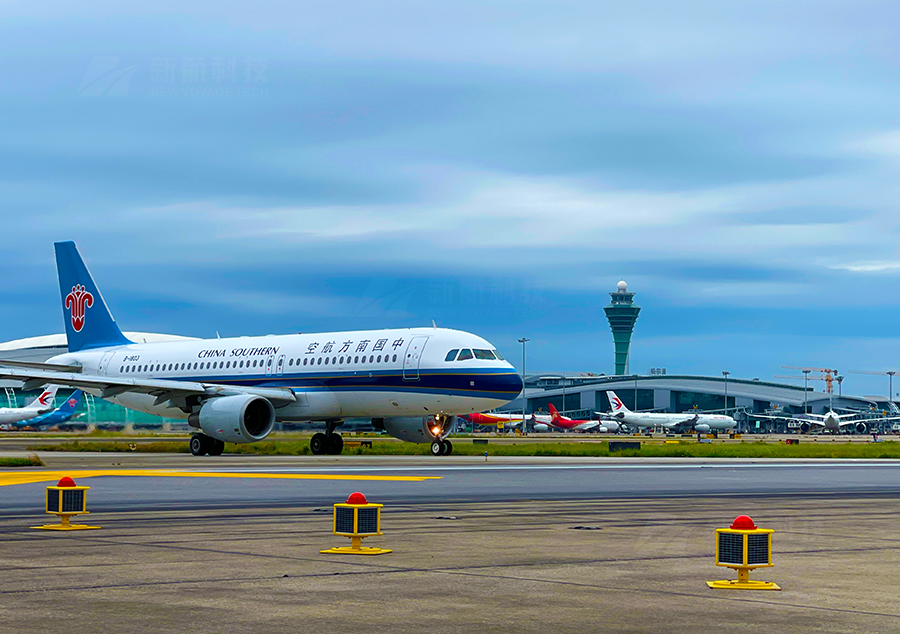
-
Meteorological visibility Light
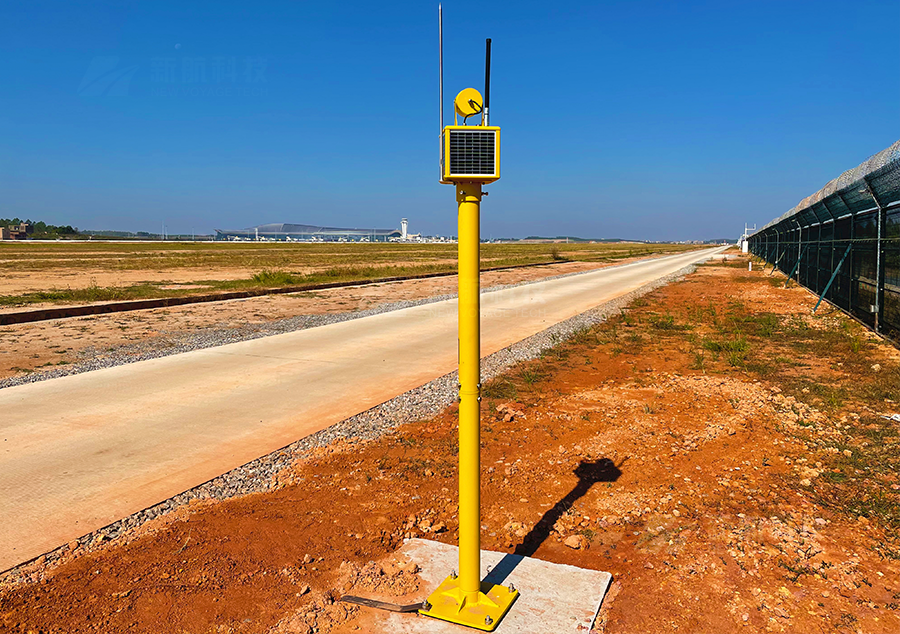
-
Wind Cone airport wind cone, frangible wind cone, rigid wind cone, internally lighted wind sock, wind vane Wind cones are used at airports to gives a clear indication of the direction of the wind and a general indication of the wind speed. Available in Type L806, Type L807 and Type L808. More
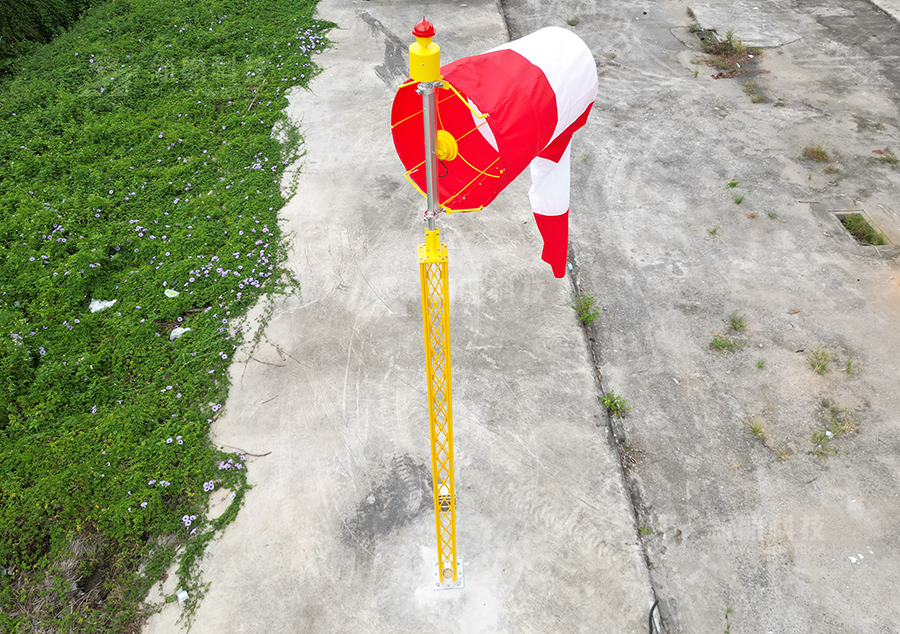
-
-
Taxiway Retroreflective Marker
Taxiway Retroreflective Marker retro reflective taxiway edgemarker, taxiway edge markings, airport retroflective marker Marking the edge of the taxiways, runways, ends and threshold. More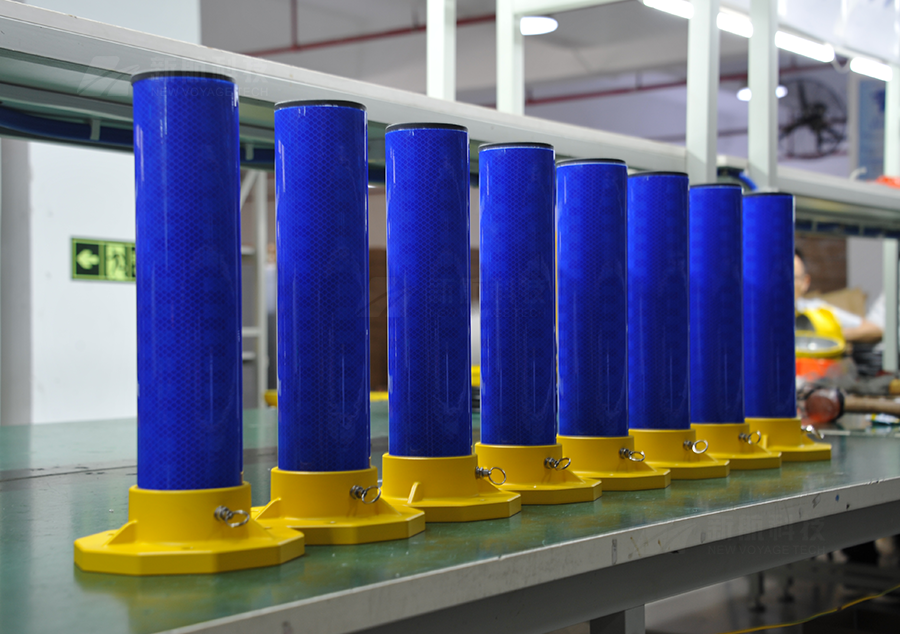
-
-
Touchdown and Lift-off Area Light
Touchdown and Lift-off Area Light TLOF perimeter light, heliport TLOF light, helipad TLOF light, TLOF inset light, TLOF elevated light Inset / elevated green fixed omidirectional light, to provide lighting for the touchdown and take-off area, enable the pilot to distinguish the touchdown and take-off area and its essential elements during the final approach. More -
Aiming Point Light LED aiming point light of heliport, white, omnidirectional, 100cd Aiming point lights shall form a pattern of at least six omnidirectional white lights. The lights shall be inset when a light extending above the surface could endanger helicopter operations. More
-
Final Approach and Take Off Area Light
Final Approach and Take Off Area Light FATO perimeter light, FATO light of heliport, withe omnidirectional light, 100cd Use of minimum of four flush or raised light fixtures per side of a square or rectanular FATO. Space lights at intervals of not more than 50m. To define a circular FATO, use a minimum of ten lights at intervals of not more than 5m. More -
Heliport Beacon heliport indentification beason, white light, 2500cd A heliport beacon should be provided ata heliport where long-range visual guidance is considered necessary and is not provided by other visual means; or identification of the heliport is difficult due to surrounding lights. More
-
Heliport Wind Cone lighted wind cone, wind direction indicator, heliport wind vane A heliport should be equipped with at least one wind cone that gives a clear indication of the direction of the wind and a general indication of the wind speed. The wind cone must be placed outside the safety zone and away from flight paths. More
-
Flight Path Alignment Guidance Light
Flight Path Alignment Guidance Light indicates the avialable approach and/or departure path direction Consists of a row of three or more lights spaced uniformly a total minimum distance of 6.2m. Intervals between lights should not be less than 1.5m and should not exceed 3m. Where space permits, there should be five lights. The lights should be steady onnidirectional insent white lights. More -
Taxiway Edge Light at least 2cd from 0° to 6° vertical, and 0.2 cd at any vertical angles between 6° and 75° Taxiway edge lights shall be fixed lights showing blue. The lights shall show up to at least 75° above the horizontal and at all angles in azimuth necessary to provide guidance to a pilot taxiing in either direction. More
-
Heliport Controller helipad control panel, heliport radio controller, heliport VHF controller Provide complete control of heliport lights. Lights control can be provided by low voltage DC or AC power. The output of the controller can be activated manually by switches, or automatically with the use of a photocell and/or VHF radio control. More
-
-
Heliport Lights helipad lights, heliport landing zone lights, heliport perimeter light We provide full range of heliport lights with control system suitable for surface level heliports and elevated heliports. These lights comply with ICAO and CAAC standards, contributing to the safety of landings or takeoffs. More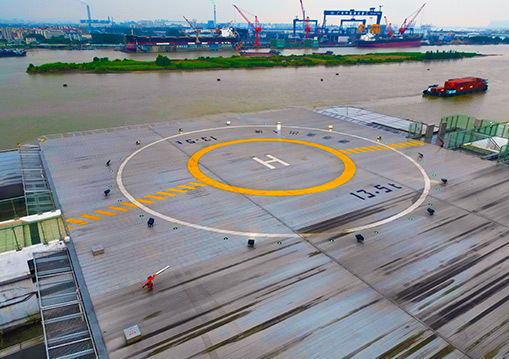
-
Airfield Lights Airport navigation lights are important facilities for ensuring the safe takeoff and landing of airc In the pitch-black night sky, they shine like stars, guiding airplanes to accurate taxiing and takeoff. These lights not only provide clear visual guidance for pilots, but also serve as a source of their confidence. In every corner of the airport, approach lights silently guard, ensuring the safety of aircraft. They are like guardians in the night sky, always sticking to their posts regardless of wind, rain, or thunder. In busy airports, approach lights play a vital role, ensuring the order and safety of flights, allowing every flight to take off safely. These are the airport approach lights, silently guarding our dreams of flight. More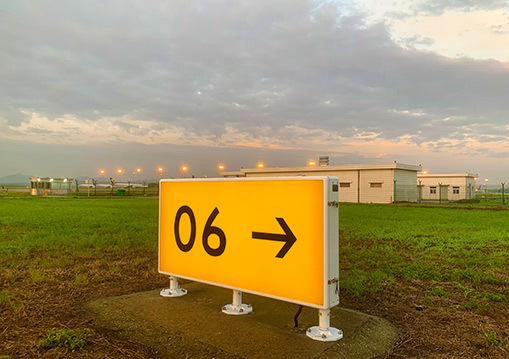
-
Aviation Obstruction Lights aircraft warning light, obstacle lights, aeronautical obstruction lights Typically installed on tall structures such as high-rise buildings, bridges, and towers. Its main function is to warn aircrafts to avoid collisions. These lights feature delivering high luminance at quite low power consumption. More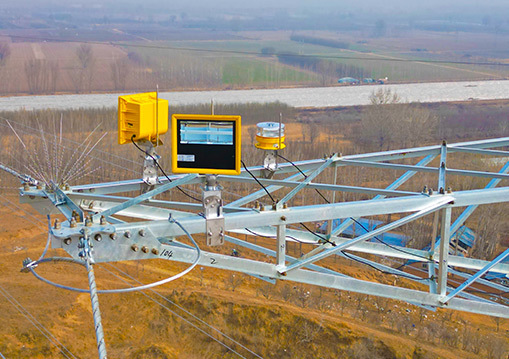
-
Understanding the Benefits of Low Intensity Obstruction Lights for Safety
2025-11-25

Understanding the Benefits of Low Intensity Obstruction Lights for Safety
Introduction to Low Intensity Obstruction Lights
Low intensity obstruction lights are crucial components of traffic safety equipment. These lights serve as vital markers for low-flying aircraft, construction zones, and other potential hazards in urban and rural environments. By illuminating obstacles, they play a significant role in reducing accidents and enhancing overall safety on our roads.
The Importance of Enhanced Visibility in Traffic Safety
Visibility is paramount in ensuring safety on the roads. Low intensity obstruction lights provide a reliable solution for enhancing visibility during nighttime and adverse weather conditions. By effectively marking hazards, these lights help drivers and pedestrians avoid dangerous situations.
Reducing Collision Risks with Low Intensity Lights
When poorly lit obstacles are present, the risk of collisions increases significantly. Low intensity obstruction lights address this issue by making obstacles easily recognizable from a distance. This early warning allows drivers enough time to react and adjust their course, thereby reducing the likelihood of accidents.
Regulatory Compliance and Safety Standards
Adhering to safety regulations is essential for any construction or transportation project. Many countries have specific regulations regarding the use of obstruction lights. Low intensity obstruction lights are designed to meet these standards, ensuring that businesses and contractors comply with legal requirements while prioritizing safety.
Features and Advantages of Low Intensity Obstruction Lights
Low intensity obstruction lights are characterized by various features that contribute to their effectiveness and efficiency. Understanding these features can help in making informed decisions when selecting the right lights for specific applications.
Energy Efficiency and Longevity
One of the significant advantages of low intensity obstruction lights is their energy efficiency. Many modern models utilize LED technology, which consumes less power while providing the same level of illumination. Additionally, LED lights have a longer lifespan than traditional bulbs, reducing the need for frequent replacements.
Durability and Resistance to Environmental Factors
Low intensity obstruction lights are designed to withstand harsh environmental conditions. They are typically constructed from weather-resistant materials, ensuring they can endure elements like rain, snow, wind, and extreme temperatures. This durability makes them suitable for various applications, from highways to construction sites.
Versatility in Applications
Low intensity obstruction lights can be utilized in numerous settings. They are commonly found in airport runways, tall structures, and construction zones. Their versatility ensures they can be adapted to meet the specific safety needs of different environments, enhancing safety across various industries.
Installation Considerations for Low Intensity Obstruction Lights
Proper installation is crucial for maximizing the effectiveness of low intensity obstruction lights. Here are some vital considerations to keep in mind during the installation process.
Optimal Placement for Maximum Visibility
The positioning of obstruction lights directly impacts their visibility. It is essential to install these lights at strategic locations where they can be easily seen by approaching traffic. Additionally, ensuring they are at the correct height and angle will further enhance their effectiveness.
Regular Maintenance and Inspection
To ensure that low intensity obstruction lights continue to function effectively, regular maintenance and inspections are necessary. This includes checking for any damage, ensuring the lights are clean, and replacing any malfunctioning bulbs. A well-maintained system will provide reliable safety for years to come.
Case Studies Demonstrating the Effectiveness of Low Intensity Obstruction Lights
Real-world examples illustrate the crucial role of low intensity obstruction lights in enhancing safety.
Case Study 1: Airport Safety Enhancements
At a major international airport, the implementation of low intensity obstruction lights significantly improved the safety of aircraft during landing and takeoff. The lights provided clear visibility of obstacles, reducing the risk of accidents and ensuring compliance with aviation safety regulations.
Case Study 2: Urban Construction Site Safety
A construction company integrated low intensity obstruction lights around its worksite to enhance visibility for passing traffic. The lights helped prevent accidents by clearly marking the boundaries of the site, resulting in a significant decrease in near misses and accidents during the project.
Choosing the Right Low Intensity Obstruction Lights
When selecting low intensity obstruction lights, several factors should be considered to ensure you choose the best option for your needs.
Understanding Light Specifications
Different applications may require different specifications. It's essential to understand the lumen output, color, and flashing patterns of the lights you are considering. These specifications will determine their effectiveness in various environments.
Evaluating Cost vs. Benefit
While budget constraints are always a consideration, it's crucial to evaluate the long-term benefits of investing in high-quality low intensity obstruction lights. Cheaper options may save money upfront but could lead to higher costs over time due to maintenance and replacements.
FAQs About Low Intensity Obstruction Lights
1. What is the primary purpose of low intensity obstruction lights?
Low intensity obstruction lights are designed to mark hazards for aircraft and vehicles, improving visibility and preventing accidents.
2. How do low intensity obstruction lights differ from high intensity lights?
Low intensity obstruction lights emit a softer light, suitable for marking obstacles without causing glare, while high intensity lights are used for greater visibility over longer distances.
3. Can low intensity obstruction lights be used in adverse weather conditions?
Yes, low intensity obstruction lights are specifically designed to function effectively in various weather conditions, including rain, fog, and snow.
4. How often should low intensity obstruction lights be inspected?
Regular inspections should be conducted at least once a month to ensure the lights are functioning correctly and to address any maintenance needs.
5. Are low intensity obstruction lights compliant with safety regulations?
Most low intensity obstruction lights are designed to meet specific regulatory standards, making them compliant for use in various applications.
Conclusion
Low intensity obstruction lights play a pivotal role in enhancing safety across various environments. By improving visibility and marking potential hazards, they contribute significantly to accident prevention. As we continue to prioritize safety in traffic and construction zones, understanding the benefits of these lights will aid in making informed decisions. Investing in high-quality low intensity obstruction lights not only ensures compliance with regulations but ultimately protects lives and promotes safer roadways.
Previous:
COOKIES
Our website uses cookies and similar technologies to personalize the advertising shown to you and to help you get the best experience on our website. For more information, see our Privacy & Cookie Policy
COOKIES
Our website uses cookies and similar technologies to personalize the advertising shown to you and to help you get the best experience on our website. For more information, see our Privacy & Cookie Policy
These cookies are necessary for basic functions such as payment. Standard cookies cannot be turned off and do not store any of your information.
These cookies collect information, such as how many people are using our site or which pages are popular, to help us improve the customer experience. Turning these cookies off will mean we can't collect information to improve your experience.
These cookies enable the website to provide enhanced functionality and personalization. They may be set by us or by third-party providers whose services we have added to our pages. If you do not allow these cookies, some or all of these services may not function properly.
These cookies help us understand what you are interested in so that we can show you relevant advertising on other websites. Turning these cookies off will mean we are unable to show you any personalized advertising.
New Voyage
Website product specifications and parameters are updated irregularly without further notice. Please contact our staff for the latest project product information.






